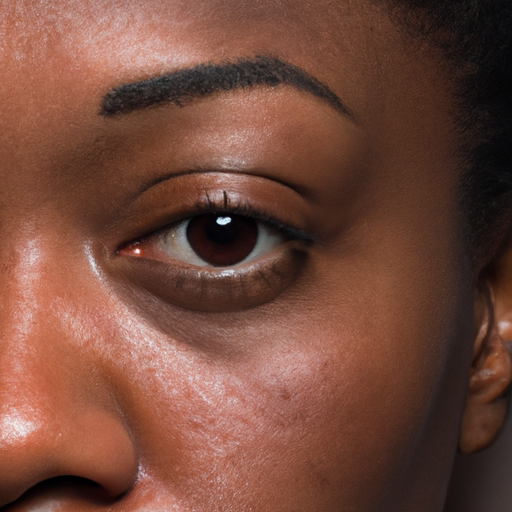As a dermatologist, I can’t stress enough the importance of maintaining a healthy skincare routine. One of the most overlooked yet essential parts of this routine is face exfoliation. Unmasking your skin’s natural radiance is not just about cleansing and moisturizing; it also involves the regular removal of dead skin cells through exfoliation.
Exfoliation is the process of gently scrubbing off dead skin cells from the surface of your skin. These cells can accumulate over time, causing your complexion to look dull and lifeless. By exfoliating, you are essentially unmasking the fresh, healthy, and radiant skin underneath.
There are two main types of exfoliation: physical and chemical. Physical exfoliation involves using a scrub, brush, or other abrasive materials to physically remove dead skin cells. On the other hand, chemical exfoliation uses acids or enzymes to dissolve these cells.
Physical exfoliators are readily available and easy to use. They often come in the form of scrubs with tiny particles that provide the abrasive action. However, they should be used carefully as they can cause micro-tears on the skin if used too harshly or too frequently.
Chemical exfoliators, such as alpha-hydroxy acids (AHAs) and beta-hydroxy acids (BHAs), are becoming increasingly popular due to their ability to penetrate deeper into the skin. AHAs, like glycolic and lactic acid, are water-soluble and work best on the skin’s surface, making them ideal for dry or sun-damaged skin. BHAs, like salicylic acid, are oil-soluble and can penetrate into the pores, making them perfect for oily or acne-prone skin.
Regardless of the type of exfoliator you choose, it’s crucial to remember that less is more. Over-exfoliation can strip your skin of its natural oils, leading to dryness, irritation, and even breakouts. As a rule of thumb, start with once or twice a week and adjust according to your skin’s response.
Moreover, it’s essential to follow up exfoliation with proper hydration. After removing the dead skin cells, your skin is more receptive to the products you apply afterward. Therefore, using a good moisturizer post-exfoliation can help lock in hydration and keep your skin looking plump and radiant.
Sun protection is another crucial step after exfoliation. Since the process reveals new, fresh skin cells, they are more susceptible to sun damage. Hence, applying a broad-spectrum sunscreen with an SPF of at least 30 is non-negotiable.
Lastly, always listen to your skin. If you notice any redness, sensitivity, or discomfort after exfoliating, it might be a sign that you’re overdoing it or that the product isn’t suitable for your skin type. In such cases, it’s best to consult with a dermatologist to find a solution that works for you.
In conclusion, face exfoliation is a vital step in unmasking your skin’s radiance. Whether you choose physical or chemical exfoliation, remember to do it gently and sparingly. Follow up with hydration and sun protection to maintain your skin’s health and glow. And most importantly, listen to your skin and adjust your routine accordingly. With these steps, you’re well on your way to achieving a radiant and healthy complexion.




